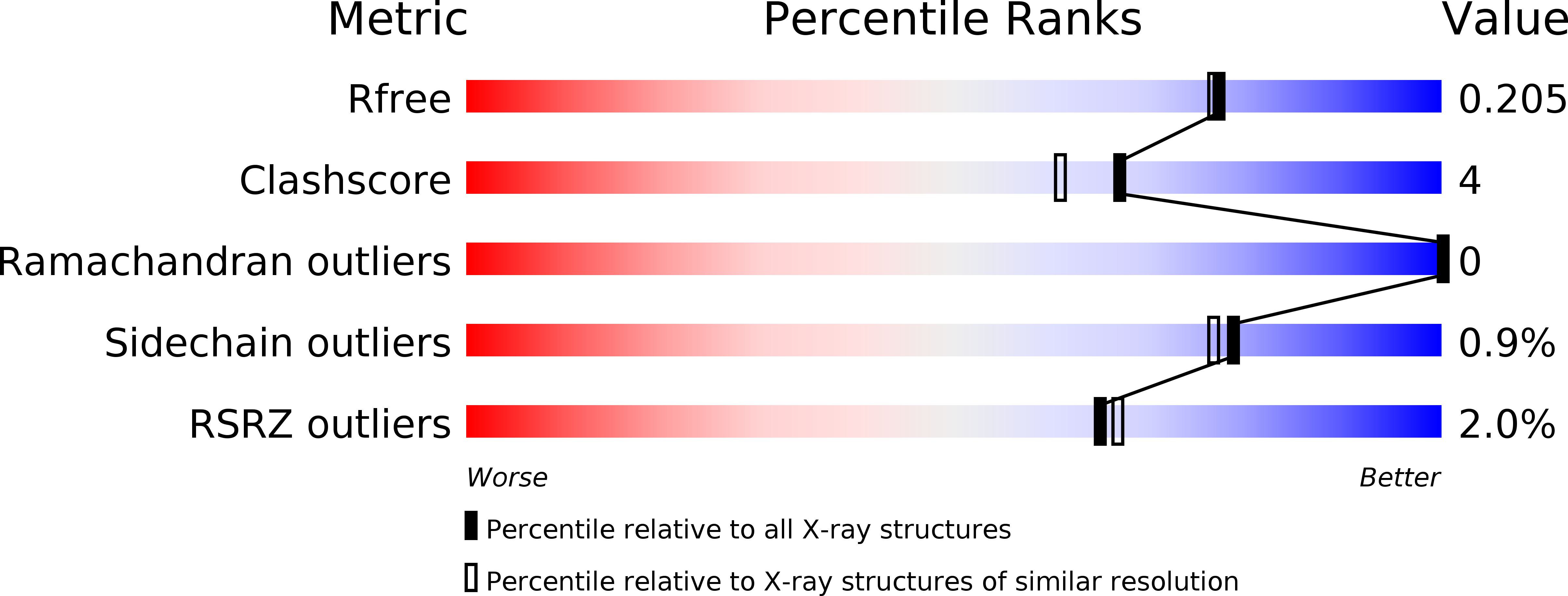
Deposition Date
2020-05-28
Release Date
2020-09-09
Last Version Date
2024-11-20
Entry Detail
PDB ID:
6X6H
Keywords:
Title:
Structure of Shiga toxin 2 with a C-terminal peptide of ribosomal P stalk proteins
Biological Source:
Source Organism:
Escherichia coli (Taxon ID: 562)
Host Organism:
Method Details:
Experimental Method:
Resolution:
1.88 Å
R-Value Free:
0.20
R-Value Work:
0.16
R-Value Observed:
0.16
Space Group:
P 2 21 21


